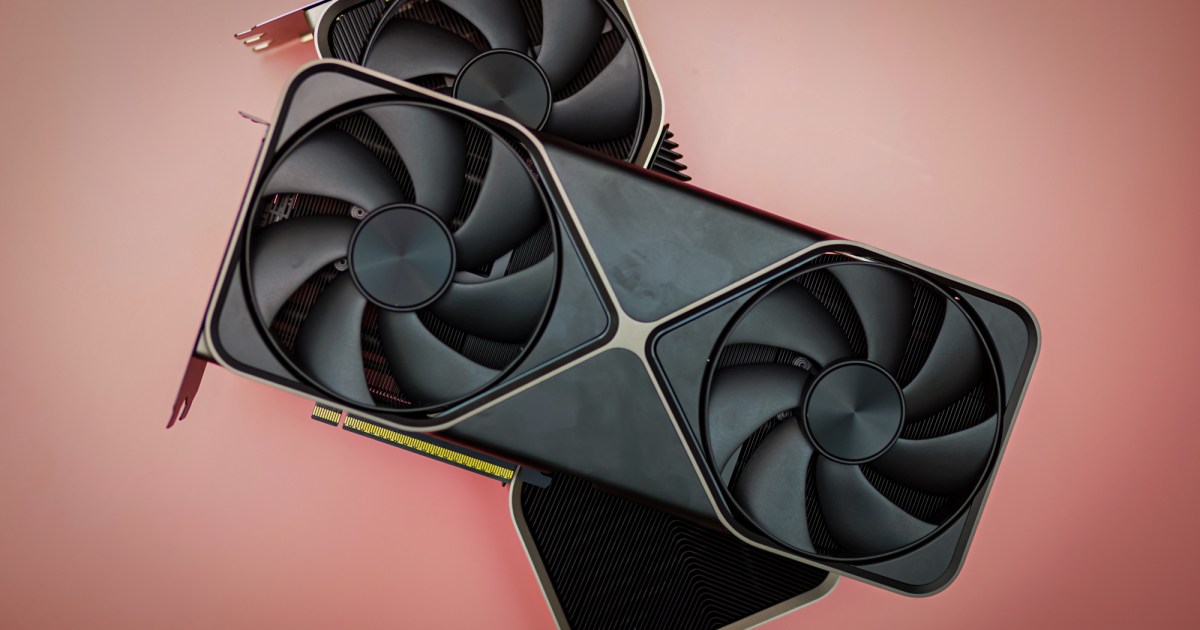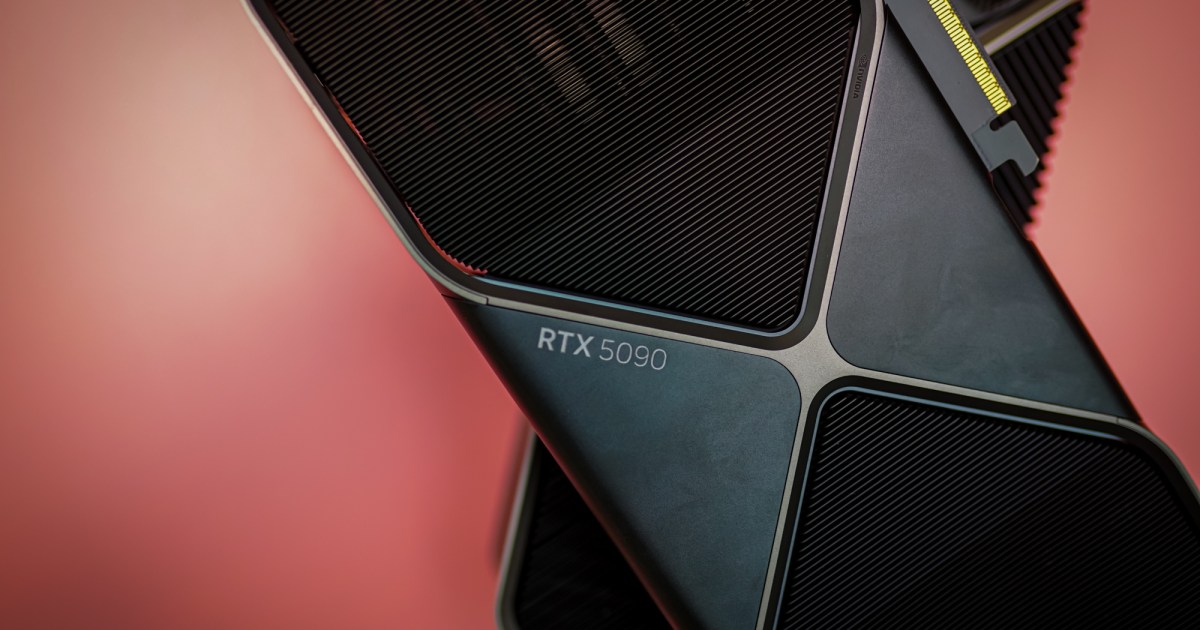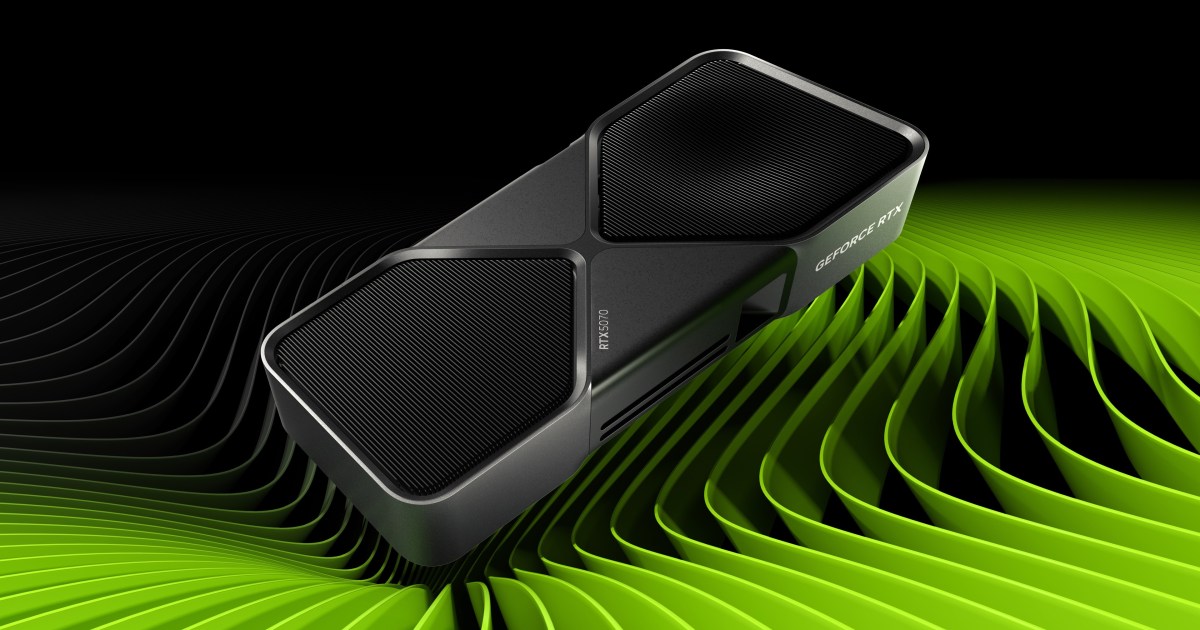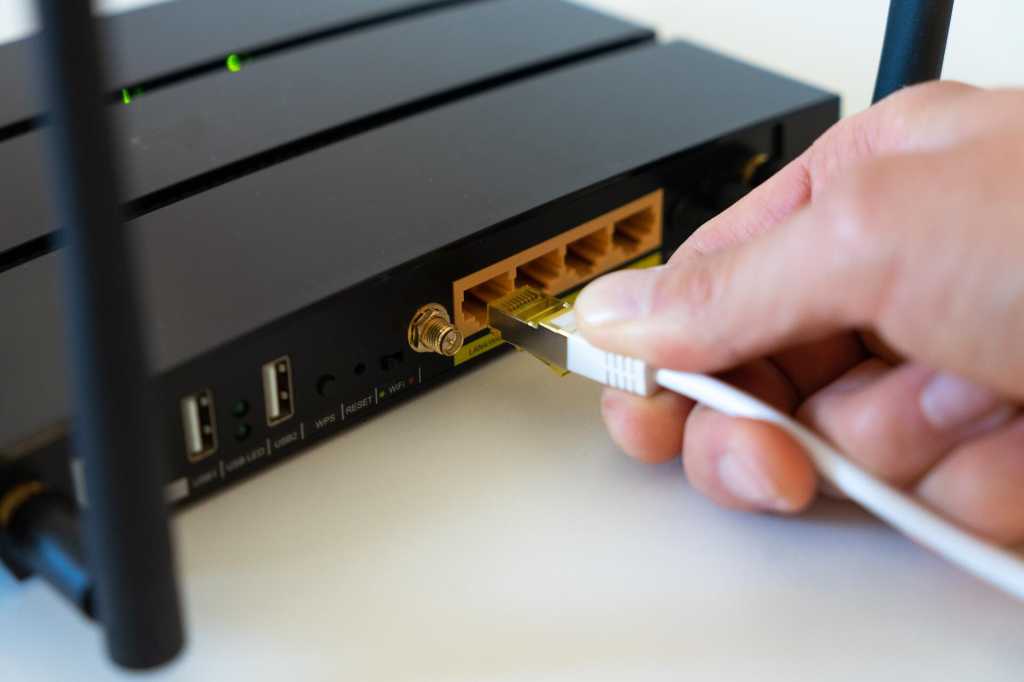Nvidia’s new RTX 50-series GPUs, specifically the RTX 5090 and RTX 5080, promise a significant leap in gaming and content creation performance. Launching on January 30th, these cards deliver impressive power, but also demand a robust power supply unit (PSU). Upgrading to either of these GPUs requires careful consideration of your PSU to ensure system stability, prevent crashes, and maximize the lifespan of your components. This guide will outline the power requirements and recommendations for choosing the right PSU for your RTX 50-series graphics card.
Understanding Power Demands
The flagship RTX 5090 boasts a maximum Total Graphics Power (TGP) of 575W, while the RTX 5080 reaches up to 360W. These represent a notable increase compared to the RTX 40-series, where the RTX 4090 had a 450W TGP and the RTX 4080 drew up to 320W.
| Feature | RTX 5090 | RTX 5080 |
|---|---|---|
| Architecture | Blackwell GB202 | Blackwell GB203 |
| CUDA Cores | 21760 | 10752 |
| Tensor Cores | 5th-gen 3352 TOPS | 5th-gen 1801 TOPS |
| Ray Tracing Cores | 4th-gen 318 TFLOPS | 4th-gen 171 TFLOPS |
| Boost Clock (GHz) | 2.41 | 2.62 |
| Base Clock (GHz) | 2.01 | 2.30 |
| Max Resolution | 4K @ 480Hz / 8K @ 120Hz | 4K @ 480Hz / 8K @ 120Hz |
| Memory Interface | 512-bit | 256-bit |
| Memory | 32GB GDDR7 | 16GB GDDR7 |
| Memory Speed | 28Gbps | 30Gbps |
| TOPS | 3,400 | 1,800 |
| TGP (Watts) | 575 | 360 |
| System Power (W) | 1,000 | 850 |
| Price (USD) | $1,999 | $999 |
These power requirements are generally for the Founder’s Edition models. Board partner models, with factory overclocking, may have slightly higher power demands.
The RTX 50-series utilizes the 12VHPWR (12V-2×6) connector, capable of delivering up to 600W. This connector faced durability issues with the RTX 40-series, with reports of melting connectors. The redesigned 12V-2×6 connector features longer conductor terminals and shorter sense pins for improved conductivity and safety. GPU manufacturers have also implemented safety measures like yellow-tipped adapters and indicator LEDs.
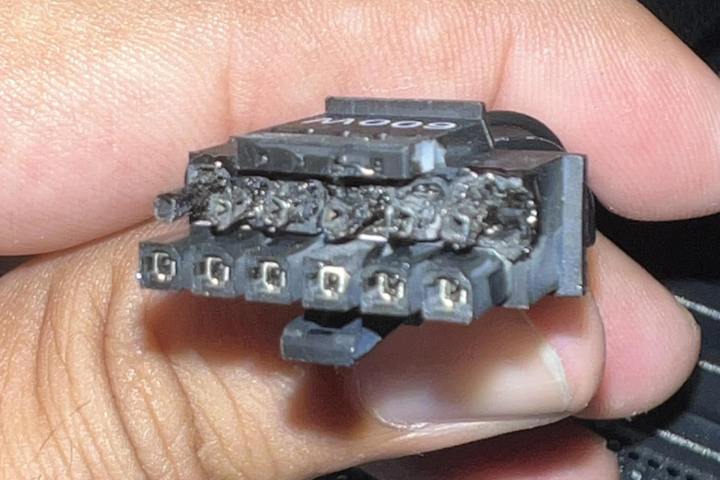 A person holds the connectors of an Nvidia 12VHPWR cable from an RTX 4090 graphics card. The ends of the connectors are burned and melted from where the cable has overheated.
A person holds the connectors of an Nvidia 12VHPWR cable from an RTX 4090 graphics card. The ends of the connectors are burned and melted from where the cable has overheated.
Recommended PSU Ratings
Nvidia recommends a 1000W PSU for the RTX 5090 in most systems. Systems with high-end CPUs or multiple storage drives may benefit from a 1200W or higher PSU for additional headroom. The MSI MAG A1000GL is a solid 1000W option with a modular design, 80 Plus Gold rating, and a 10-year warranty. It’s ATX 3.1 compliant, featuring the native 16-pin connector. A 1250W variant is also available.
For smaller form factor builds, the Thermaltake Toughpower SFX 1000W offers an ATX 3.1 compliant option with an 80 Plus Platinum rating and a fully modular design.
The RTX 5080, while less power-hungry, still requires a substantial PSU. Nvidia recommends an 850W PSU, with 1000W or higher recommended for overclocking. The MSI MAG A850GL provides excellent value with its 850W capacity, 12V-2×6 connector, ATX 3.1 compliance, and a 10-year warranty.
Choosing the Right PSU
Consider these factors when selecting a PSU for your RTX 5090 or RTX 5080:
Wattage: Ensure sufficient wattage for your GPU and other components. A 1000W or higher PSU is recommended for the RTX 5090, and 850W or higher for the RTX 5080.
Efficiency Rating: Prioritize 80 Plus Gold or Platinum certified PSUs for better efficiency and lower heat output.
16-Pin Connector Support: Both GPUs utilize the 16-pin (12VHPWR/12V-2×6) connector. Modern ATX 3.0 or 3.1 PSUs with native 16-pin connectors are ideal. While adapters are available for older PSUs, upgrading to an ATX 3.0/3.1 PSU is strongly recommended.
Headroom: Maintain 20-30% wattage headroom above your system’s peak power consumption for stability and PSU longevity.



